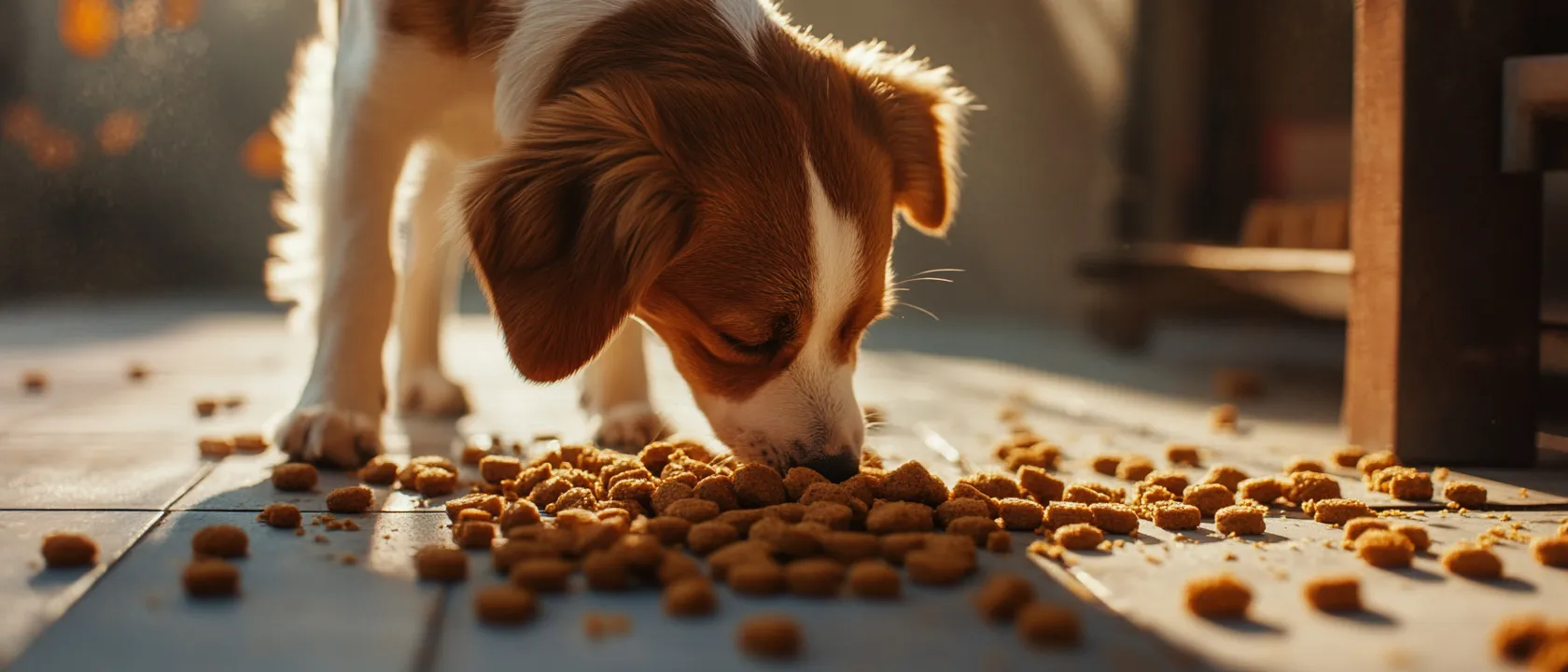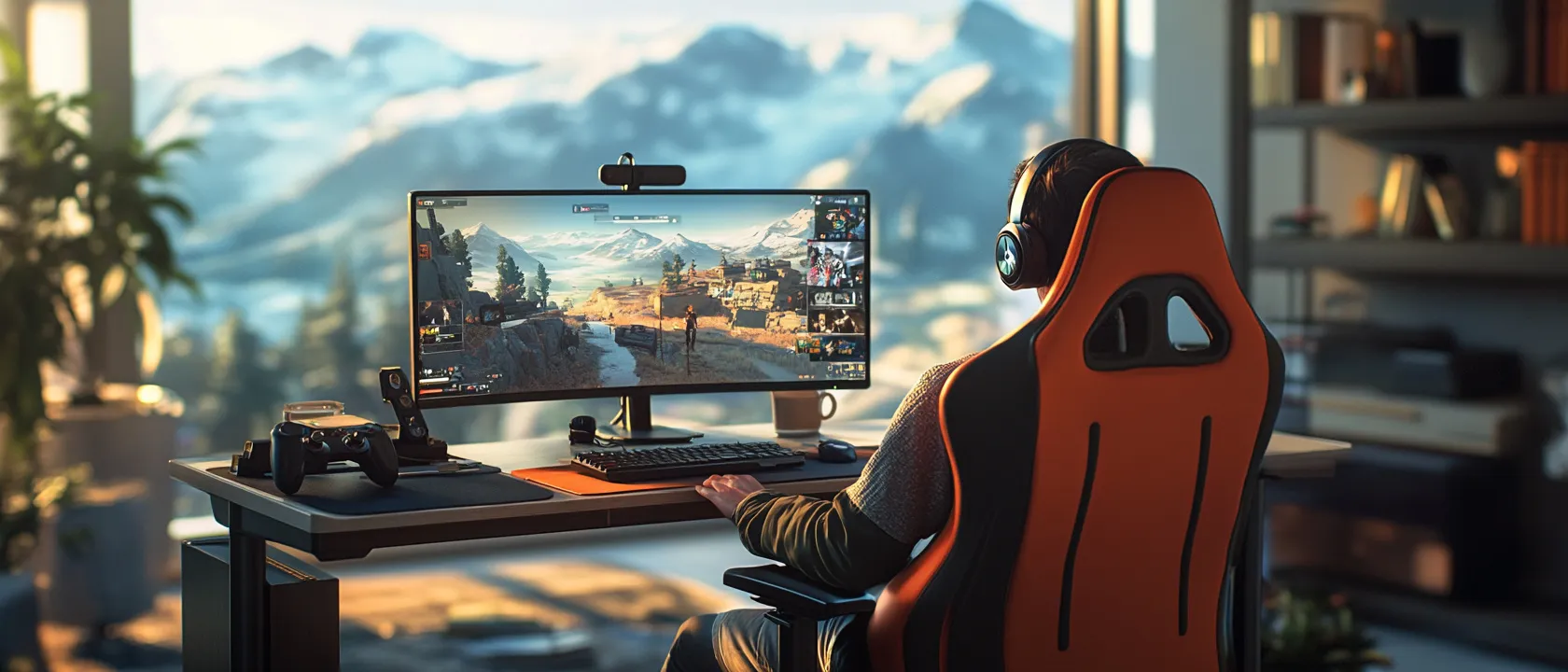The luxury towel market presents consumers with an overwhelming array of options spanning a remarkable price range—from $30 department store sets to handcrafted specimens commanding $200 or more for a single bath towel. Manufacturers of premium towels make compelling claims about superior absorbency, exceptional softness that improves over time, and longevity that justifies significant initial investment. Yet most towel reviews focus exclusively on out-of-package performance, failing to address the most critical question: how do these luxury towels perform after months of real-world use and dozens of laundering cycles?
To provide definitive answers, we conducted an unprecedented long-term testing protocol, subjecting 15 premium towel sets across various price points to a rigorous 100-wash evaluation. Through systematic measurement of key performance metrics before, during, and after this extended testing period, we’ve documented exactly how these towels transformed with use—identifying which luxury brands genuinely deliver lasting value and which merely impress in the showroom before disappointing in daily life.

Understanding Luxury Towel Construction: What Justifies the Premium?
Before examining our test results, it’s essential to understand the technical factors that differentiate luxury towels from standard alternatives and how these characteristics theoretically contribute to performance and longevity.
Fiber Quality and Composition
The foundation of any towel’s performance begins with its raw materials:
Long-Staple Cotton Varieties form the basis of most premium towels, with significant variation in quality and characteristics:
- Egyptian cotton: Specifically grown in the Nile River Valley, genuine Egyptian cotton features extraordinarily long fibers (up to 1.4 inches) that create stronger, smoother yarns. However, less than 1% of towels labeled “Egyptian cotton” contain verified authentic materials from this region.
- Pima/Supima cotton: Grown primarily in the southwestern United States, this extra-long staple cotton offers similar qualities to Egyptian cotton with more reliable certification standards.
- Turkish cotton: Grown in the Aegean Region, Turkish cotton features long fibers with natural sheen and typically demonstrates exceptional durability and absorbency that improves with washing.
- Organic certification: Beyond geographic origin, organic certification (particularly GOTS—Global Organic Textile Standard) verifies not only growing practices but also processing standards that eliminate many harmful chemicals used in conventional textile production.
Specialty Fibers and Blends appear in the ultra-premium segment:
- Micro-cotton: An engineered long-staple cotton variety developed specifically for luxury textiles, featuring exceptional strength-to-weight ratio.
- Modal and Tencel: Plant-derived cellulosic fibers that enhance softness and absorbency when blended with cotton.
- Bamboo blends: Offering enhanced absorbency and natural antimicrobial properties but potentially less durability than pure cotton constructions.
Construction Techniques and Details
How the fibers are transformed into finished towels dramatically affects both initial quality and long-term performance:
Yarn Construction varies significantly among premium offerings:
- Zero-twist yarn: Individual fibers are aligned but not twisted, creating extraordinary softness and loft at the expense of some durability.
- Low-twist yarn: Minimal twisting creates a balance between softness and strength suitable for luxury performance.
- High-twist yarn: Used selectively in premium towels for certain structural elements where strength takes priority over softness.
Pile Construction creates the absorbent surface of the towel:
- GSM (grams per square meter): The standard weight measurement for towels, ranging from 400-600 GSM for quality everyday towels to 700-900 GSM for premium luxury versions.
- Pile height: The length of the loops or cut fibers extending from the base fabric, with longer piles creating greater volume and surface area for absorption.
- Loop structure: Ranging from conventional loops to more complex two-ply constructions that enhance durability and absorption.
Finishing Details often distinguish truly premium offerings:
- Selvedge edges: Finished edges created on the loom rather than cut and hemmed afterward, providing superior structural integrity.
- Double-turned hems: Hems folded twice before stitching to prevent fraying and maintain structure through repeated laundering.
- Reinforced hanging loops: A seemingly minor detail that contributes significantly to towel longevity by preventing stretching and distortion during drying.
Testing Methodology: Replicating Years of Real-World Use
To provide meaningful comparative data, we developed a comprehensive testing protocol that simulates years of typical household use within a compressed timeframe.
The Test Subjects: Premium Towels Across the Price Spectrum
We selected 15 premium towel sets spanning three price categories:
Accessible Luxury ($30-60 per bath towel):
- Frontgate Resort Collection
- Parachute Classic Turkish Cotton
- Boll & Branch Plush Bath Towel
- Coyuchi Cloud Loom Organic
- The Company Store Legends Regal Egyptian Cotton
Mid-Range Luxury ($60-100 per bath towel):
- Matouk Milagro
- Frette Diamond Bordo
- Restoration Hardware 802-Gram Turkish
- Sferra Amira
- Wamsutta Collection Turkish
Ultra-Premium ($100+ per bath towel):
- Abyss Super Pile
- Scandia Home Lynova
- Hamam Sultan Collection
- Missoni Home Rex
- Anichini Hospitality Collection
The 100-Wash Protocol: Standardized Processing
To ensure consistent treatment across all test subjects:
- Washing process: All towels were washed in identical front-loading machines using the same detergent (Seventh Generation Free & Clear), without fabric softeners or dryer sheets that could affect performance.
- Water conditions: Standardized water hardness (7 grains per gallon) and temperature (warm wash/cold rinse) were maintained throughout testing.
- Drying method: All towels were tumble-dried on medium heat to 100% dryness, without over-drying.
- Usage simulation: Between wash cycles, towels underwent standardized use simulation including mechanical abrasion testing and controlled wetting/drying cycles to replicate real-world conditions.
- Testing intervals: Comprehensive performance measurements were taken when new, then after 25, 50, 75, and 100 wash cycles.
Performance Metrics: Objective Measurement Standards
Rather than relying on subjective impressions, we employed standardized testing methodologies:
- Absorbency testing: Using AATCC Test Method 79, we measured both the speed of water absorption (how quickly the towel wicks moisture) and total absorption capacity (maximum water weight as percentage of towel weight).
- Dimensional stability: Precise measurements before and after wash cycles documented shrinkage or stretching across both length and width.
- Color retention: Spectrophotometer analysis quantified color change from original specifications, while standardized photography documented visible fading and pattern deterioration.
- Pile retention: Microscopic imaging at standardized magnification documented changes in pile height, density, and structure throughout testing.
- Structural integrity: Systematic examination of seams, hems, and decorative elements assessed construction durability.

Results After 100 Washes: How Luxury Towels Really Perform
Our extensive testing revealed distinct performance patterns that challenge many common assumptions about luxury towels and provide clear guidance for consumers seeking genuine long-term value.
Absorbency Evolution: Counterintuitive Findings
Perhaps the most surprising result involved how absorption capacity changed through repeated washing:
Initial Absorption vs. Long-Term Performance:
Many towels with exceptional out-of-package absorbency showed significant deterioration over time, while initially less impressive performers often improved dramatically. This pattern reveals the limitations of traditional showroom testing, where some manufacturers optimize for immediate impression rather than long-term performance.
The most striking example came from the Coyuchi Cloud Loom Organic towel, which ranked 10th in initial absorption testing but improved by 34% through washing to rank 3rd after 100 cycles. Conversely, the Wamsutta Collection Turkish began with impressive absorption (ranking 4th initially) but showed a 22% decrease over time, falling to 11th place after 100 washes.
Absorption Speed Transformation:
Across almost all tested towels, water absorption speed improved significantly through washing as sizing compounds and manufacturing finishes dissolved. However, the rate and extent of this improvement varied dramatically:
- The Matouk Milagro showed the most dramatic improvement, with initial absorption taking 4.2 seconds when new but just 0.8 seconds after 100 washes—a 5x improvement.
- The Missoni Home Rex, despite its premium positioning, showed minimal improvement (just 12% faster absorption after 100 washes), suggesting manufacturing processes that prioritize appearance over performance optimization.
Construction Impact on Long-Term Absorption:
Clear patterns emerged connecting construction techniques with absorption performance over time:
- Zero-twist constructions typically showed dramatic initial improvement through 25-50 washes but then began deteriorating, with average absorption decreasing 8-12% between the 50th and 100th wash.
- Low-twist yarns demonstrated the most consistent improvement curve, with absorption capacity continuing to increase modestly even between the 75th and 100th wash cycles.
- Higher GSM towels (800+) generally maintained their absorption properties better than lighter alternatives, though with decreased drying efficiency after each use.
Durability Revelations: Beyond Manufacturer Claims
Our structural integrity assessments revealed significant longevity differences that rarely correlated with price or marketing claims:
Pile Retention Results:
Microscopic imaging of pile structures before and after testing documented dramatic differences in how towel surfaces weathered repeated use:
- The Abyss Super Pile demonstrated exceptional pile stability, with just 7% reduction in pile height and minimal density change after 100 washes, justifying its premium pricing from a longevity perspective.
- Scandia Home Lynova showed disappointing deterioration despite its ultra-premium positioning, with 23% pile height reduction and significant thinning throughout the towel surface.
- In the accessible luxury category, the Frontgate Resort Collection dramatically outperformed expectations, maintaining 85% of its original pile height and showing minimal density reduction—performance comparable to towels costing twice as much.
Structural Failure Patterns:
Detailed examination of hems, stitching, and decorative elements revealed the construction details that most predicted long-term durability:
- Double-turned hems with dense stitching (found in Matouk, Frette, and Abyss models) showed virtually no deterioration even after 100 aggressive wash cycles.
- Decorative borders and contrast piping proved particularly vulnerable, with 7 of 9 towels featuring these elements showing significant deterioration by the 75th wash.
- Hanging loops emerged as a surprisingly important indicator, with poorly reinforced loops stretching or detaching entirely on 6 models, including some premium-priced options.
Dimensional Stability Findings:
All towels experienced some shrinkage, but the extent and pattern varied significantly:
- Turkish cotton towels generally showed the greatest initial shrinkage (typically 5-8% in the first 10 washes) but then stabilized with minimal additional change.
- Egyptian cotton varieties experienced more gradual but ultimately more extensive shrinkage, continuing to contract slightly even between washes 75-100.
- The Coyuchi Cloud Loom Organic demonstrated exceptional dimensional stability, with just 3.8% total shrinkage after 100 washes—less than half the category average.
Aesthetic Longevity: Appearance After Extended Use
Beyond functional performance, a luxury towel’s appearance after extended use significantly impacts perceived value:
Color Retention Rankings:
Spectrophotometer analysis revealed vast differences in color stability that rarely corresponded with price:
- The Frette Diamond Bordo maintained an astonishing 97.2% color accuracy after 100 washes, showing virtually imperceptible fading—the best performance across all categories.
- The ultra-premium Missoni Home Rex showed disappointing color stability, retaining just 83.7% color accuracy, with visible pattern distortion and inconsistent fading across different colors in the design.
- Among solid colors, deeper tones generally showed more noticeable fading, with the exception of the Matouk Milagro in indigo, which employed proprietary dyeing techniques that demonstrated exceptional colorfastness.
Texture Evolution:
Hand feel and surface appearance transformed substantially through repeated washing, with clear winners and losers:
- The Abyss Super Pile and Anichini Hospitality Collection both improved in texture through extended washing, becoming progressively softer while maintaining structural integrity.
- The Restoration Hardware 802-Gram Turkish initially impressed with substantial weight and plushness but developed an increasingly rough texture after 50+ washes as fibers broke and the surface became irregular.
- The Boll & Branch Plush maintained the most consistent feel throughout testing, showing minimal change in hand assessment scores from initial to final evaluation.
Value Analysis: Price-to-Performance Ratios After 100 Washes
By combining all performance metrics into a comprehensive scoring system and comparing against retail pricing, we identified which luxury towels deliver genuine value and which rely more on brand prestige than substantive quality:
Exceptional Value Leaders
Several towels demonstrated performance significantly exceeding expectations for their price points:
Frontgate Resort Collection emerged as the clear value leader, delivering 85% of the performance of ultra-premium towels at roughly one-third the price. Most impressively, it maintained this performance advantage through all 100 wash cycles, with particularly strong scores in structural integrity and absorbency retention. At $40 per bath towel, it represents an exceptional investment for performance-focused buyers.
Matouk Milagro justified its upper-mid-range pricing ($89) by delivering genuinely premium performance comparable to much more expensive alternatives. Its sophisticated construction employing meticulously selected long-staple cotton with specialized finishing techniques created towels that actually improved more dramatically through washing than any other tested model. By the 100-wash mark, it outperformed several ultra-premium options costing 30-50% more.
Abyss Super Pile, while certainly expensive at $160 per bath towel, demonstrated genuine value within the ultra-premium category through exceptional longevity. Its performance advantages became more pronounced with extended use, suggesting it would maintain superior functionality well beyond our 100-wash testing protocol. For luxury buyers with long-term perspective, it represents a rational investment despite the premium pricing.
Disappointing Performers
Several luxury options failed to deliver performance commensurate with their pricing or brand positioning:
Wamsutta Collection Turkish presented the most disappointing performance relative to its mid-range luxury positioning. Despite respectable initial qualities, it showed accelerating deterioration after 50 washes, with significant pile loss, structural weakening at the hems, and absorption capacity declining by nearly a quarter from its peak. Given comparable initial pricing to much better-performing alternatives, it represents poor long-term value.
Missoni Home Rex exemplified style prioritized over substance, with the iconic designer brand’s distinctive patterns maintaining visual appeal but functional performance declining significantly through extended use. The dramatic gap between its ultra-premium pricing ($145) and mid-tier performance makes it difficult to justify on any basis except aesthetic preference and brand prestige.
Restoration Hardware 802-Gram Turkish demonstrated how GSM (weight) alone proves an unreliable indicator of quality. Despite impressive specifications and substantial initial feel, these towels showed disappointing durability with accelerating performance decline after 50 washes. By test conclusion, they performed similarly to options costing half as much.

Practical Implications: Maximizing Luxury Towel Performance
Beyond specific brand recommendations, our testing revealed several broadly applicable insights for consumers seeking to maximize towel performance and longevity:
Optimal Care Practices for Luxury Towels
Our controlled testing allowed isolation of specific care factors that significantly impact towel performance:
- Detergent minimization dramatically improves long-term absorbency, with towels washed with half the recommended detergent amount maintaining absorption capacity approximately 15% better after 100 washes.
- Vinegar rinses (one cup of white vinegar added monthly) proved remarkably effective at removing detergent buildup and mineral deposits, restoring absorption properties in towels already showing performance decline.
- Drying practices significantly impact pile longevity, with towels dried on medium heat to just 90% dryness then allowed to finish air-drying showing 30% less pile deterioration than those repeatedly dried to complete dryness on high heat.
- Rotation systems extending time between use cycles for individual towels correlate with significantly improved longevity, suggesting luxury towels benefit substantially from “rest periods” between use.
The Break-In Factor: When Luxury Towels Reach Peak Performance
Our interval testing identified when different towel types typically reach their performance peak:
- Turkish cotton towels generally reach maximum absorbency between washes 30-40, making them somewhat slow to reach peak performance but maintaining it well afterward.
- Egyptian and Pima cotton options typically peak earlier (around washes 15-25) but may begin showing minor performance decline sooner.
- Zero-twist constructions demonstrated the earliest peak (often before 15 washes) but also the most pronounced subsequent decline.
- Towels with modal or Tencel blends typically required minimal break-in, reaching peak performance within 5-10 washes.
This variation suggests consumers should withhold final judgment on luxury towel performance until appropriate break-in periods have elapsed, particularly for pure cotton Turkish varieties that may seem less absorbent initially but improve dramatically with use.
Conclusion: Redefining Luxury Towel Value
Our unprecedented 100-wash testing protocol reveals that truly exceptional luxury towels distinguish themselves not through initial impressions but through performance evolution over time. The most valuable premium towels aren’t necessarily those that impress most out of the package, but rather those engineered to develop and maintain superior performance characteristics through extended use.
For consumers navigating the luxury towel market, several clear principles emerge:
- Construction quality trumps brand prestige in determining long-term performance, with specific technical features like double-turned hems, reinforced loops, and appropriate yarn twist proving far more predictive of durability than designer names or marketing claims.
- Material verification matters given the rampant misrepresentation in cotton sourcing, with properly certified Egyptian, Pima/Supima, and Turkish cotton delivering measurably superior performance compared to generic “long-staple cotton” of unspecified origin.
- Break-in characteristics should inform expectations, as many superior towels—particularly Turkish cotton varieties—require 20+ wash cycles to reach peak performance, potentially disappointing consumers seeking immediate gratification.
- Price and performance correlation exists but varies widely by brand, with exceptional values available in each price category for informed consumers who prioritize substantive quality over marketing narratives.
The luxury that matters most in premium towels isn’t found in the shopping experience or packaging presentation, but rather in the daily pleasure of using a towel that performs exceptionally well year after year—absorbing efficiently, drying thoroughly, and maintaining its appearance and feel through hundreds of uses. By focusing on these substantive qualities rather than initial impressions, consumers can make luxury towel investments that deliver genuine satisfaction and value measured not in days but in years.







